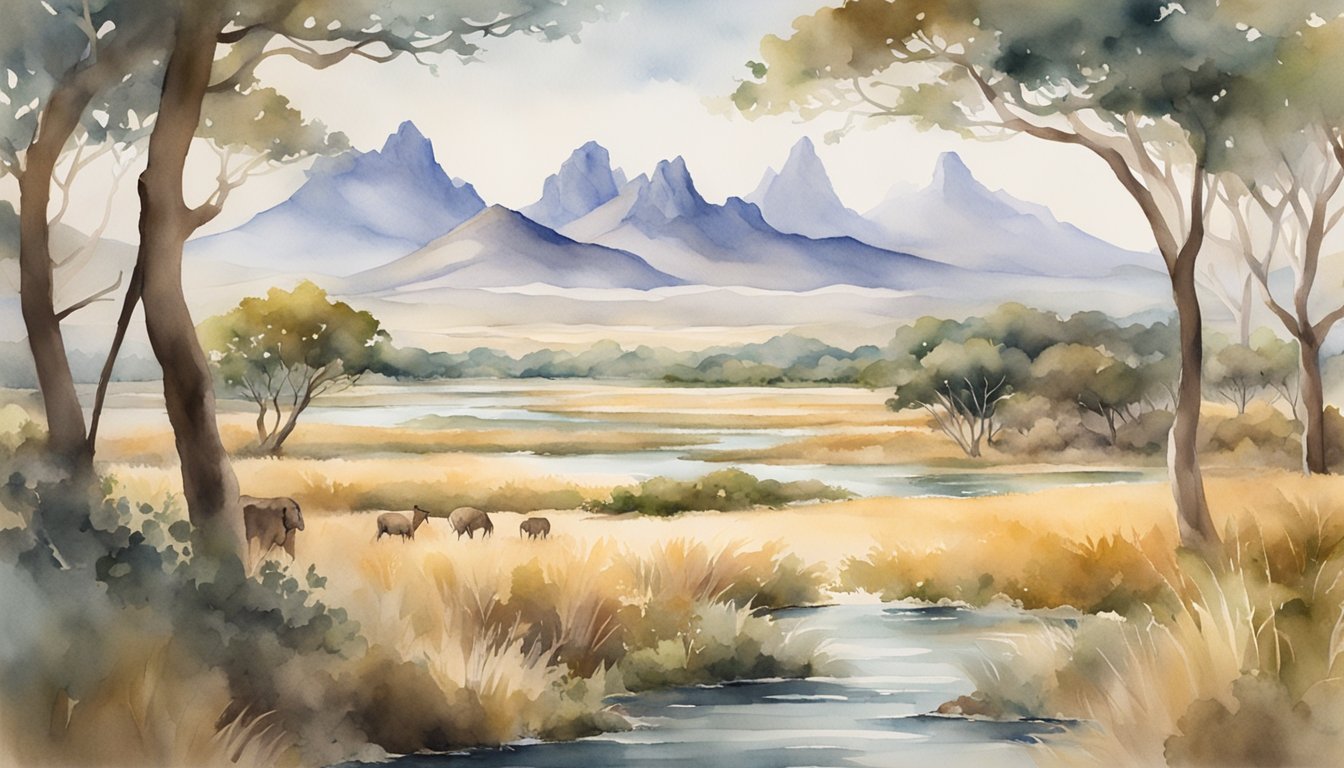Exploring the Majesty of Wildlife
Diverse Ecosystems and Species
From the depths of the ocean to the vastness of outer space, wildlife documentaries showcase the incredible biodiversity of our planet. These films give viewers a glimpse into the fascinating lives of various animals, taking us on adventures through different ecosystems, such as forests, deserts, jungles, savannas, and grasslands. With an estimated 8.7 million species on Earth, these documentaries provide a wealth of opportunities to explore the natural world and learn about the unique inhabitants of each habitat.
Conservation and Protection Efforts
Wildlife documentaries often display the urgent need for conservation and protection of our planet’s ecosystems and the species living in them. Many animals are endangered due to factors such as habitat destruction, overhunting, and climate change. Through compelling storytelling, filmmakers can raise awareness about these pressing issues and inspire viewers to take action in their daily lives. For example, National Geographic Documentary Films often focus on conservation efforts and the individuals working tirelessly to protect endangered species and their habitats.
The Art of Cinematography and Storytelling
Documentaries about wildlife combine captivating visuals with unique storytelling techniques. Modern technology, such as drones and advanced cameras, offer a new perspective on the lives of animals. Filmmakers can explore the majestic world of lions or the intricate dance of destiny that defines Africa’s circle of life, bringing viewers closer to the action than ever before.
Stunning cinematography and exceptional storytelling can transport us on breathtaking adventures while also developing a deep connection with the creatures that share our planet. Wildlife documentaries, such as Planet Earth, Our Planet, or The Life of Mammals, highlight the interconnectedness of life on Earth and encourage empathy and compassion toward the natural world and its inhabitants.
In conclusion, wildlife documentaries serve as a powerful medium to educate and inspire viewers about the diverse ecosystems, species, and conservation efforts taking place worldwide. By merging breathtaking cinematography with compelling storytelling, these films help establish a connection with the natural world and encourage viewers to take action, fostering a greater appreciation for the richness and beauty of our planet’s wildlife.
Pioneers and Landmarks in Wildlife Documentaries

Influential Filmmakers and Presenters
One of the most iconic figures in wildlife documentaries is Sir David Attenborough, who has worked primarily with BBC in creating groundbreaking series like Life on Earth, Planet Earth, and Blue Planet. His captivating narration and ability to bring complex scientific concepts to a wide audience have made his documentaries universally loved.
Other celebrated filmmakers in the field include Chai Vasarhelyi and Jimmy Chin, known for their stunning film, Wild Life, which follows conservationist Kris Tompkins and her efforts to protect wild landscapes in South America. Their work on documentaries like Free Solo and Chasing Ice has further elevated the genre of wildlife and environmental films.
Iconic Wildlife Series and Films
- Planet Earth (2006): This BBC series, narrated by Sir David Attenborough, covers diverse ecosystems from the Arctic to the depths of the ocean, and has captivated audiences worldwide.
- Blue Planet (2001): Another collaboration between the BBC and Attenborough, this series focuses on Earth’s aquatic ecosystems and the incredible creatures inhabiting them.
- Our Planet (2019): A Netflix series also narrated by Attenborough, Our Planet showcases the Earth’s natural beauty and draws attention to the current environmental challenges facing our planet.
- Wild South America (2005): This BBC series explores the diverse wildlife and landscapes of South America, from the Andes to the Amazon rainforest.
- Wild China (2008): Produced by the BBC and China’s CCTV, this series offers a rare glimpse into China’s diverse ecosystems, including its remote mountains, dense forests, and vast deserts.
Several critically acclaimed wildlife documentaries have made a significant impact on both public opinion and conservation efforts over the years. For example, Virunga (2014) highlights the struggle to protect the endangered mountain gorillas in Virunga National Park in Africa. Other noteworthy films include March of the Penguins (2005), which follows the extraordinary migration of emperor penguins in Antarctica; The Ivory Game (2016), which depicts the harsh reality of elephant poaching and the global ivory trade; and Blackfish (2013), a hard-hitting film that exposes the consequences of keeping killer whales in captivity. These documentaries have all contributed to an increased awareness and understanding of wildlife and conservation issues around the world.

